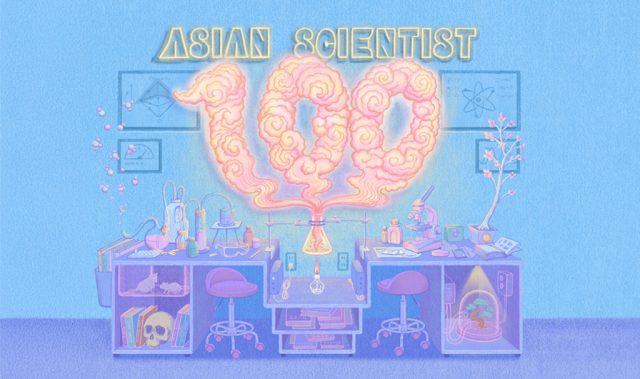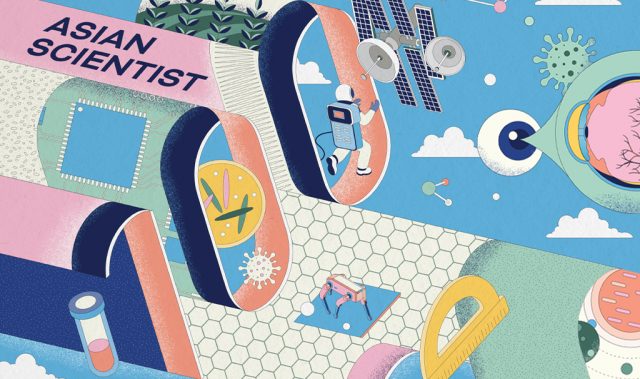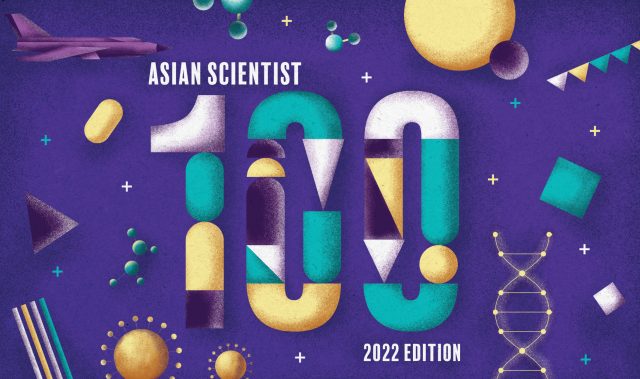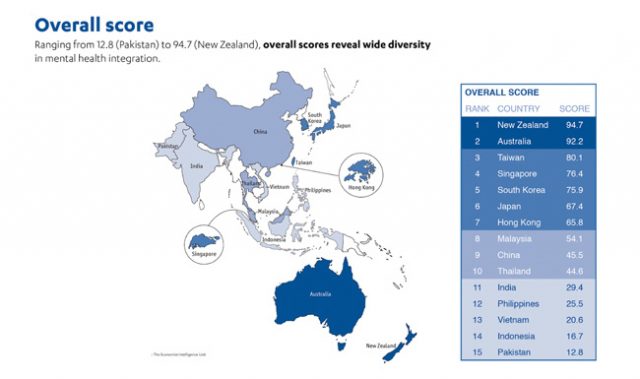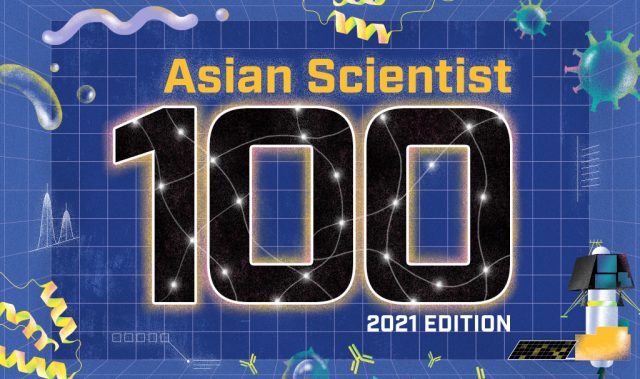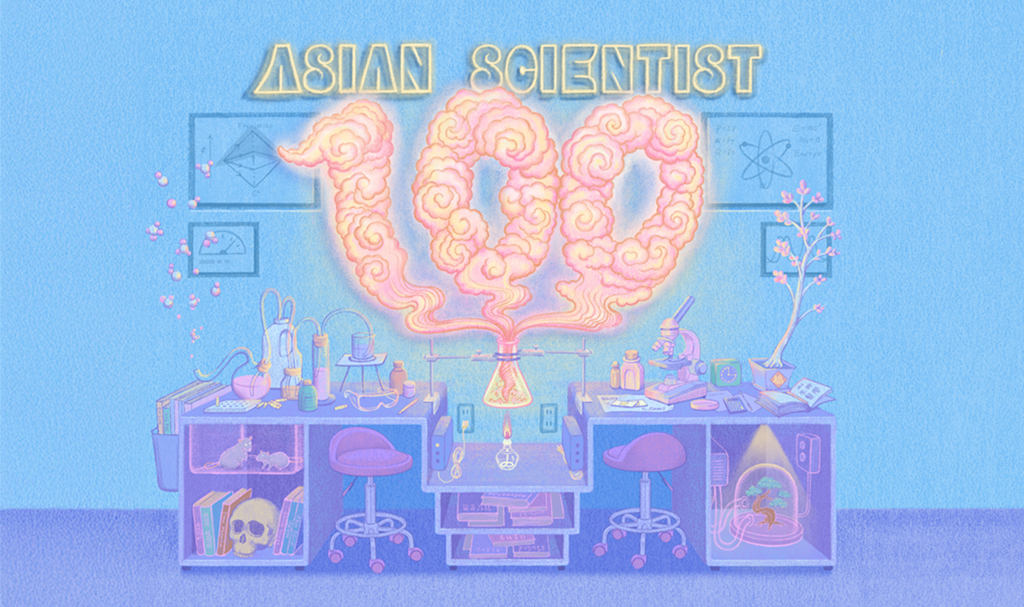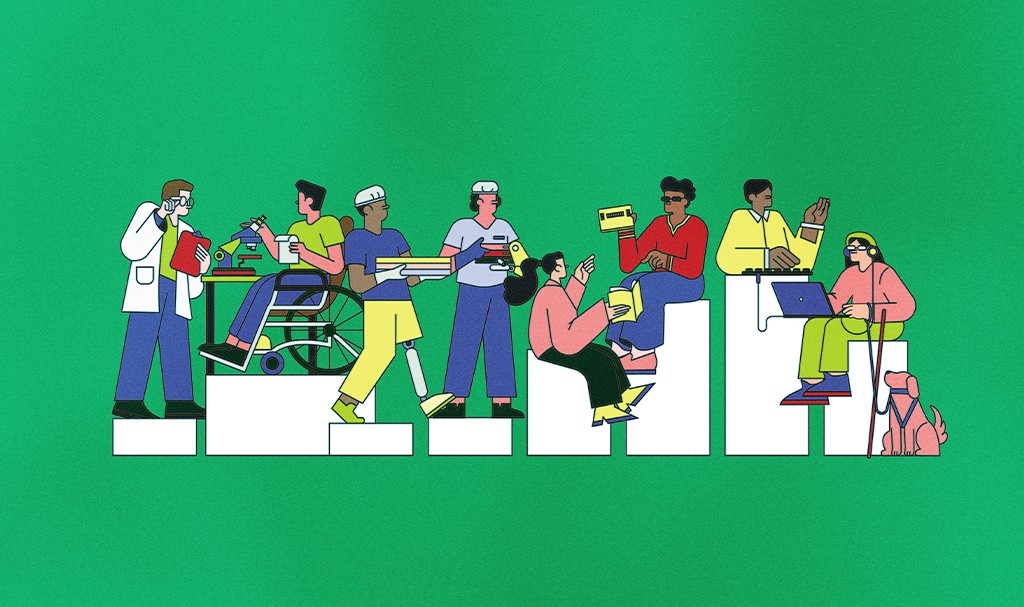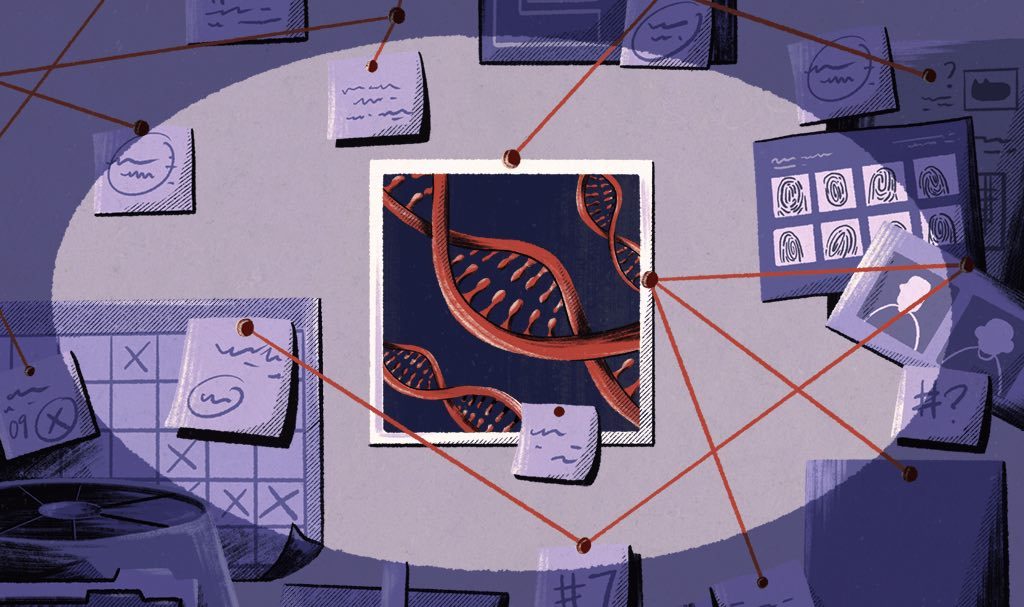
AsianScientist (Sep. 29, 2021) – Back in the day, people gazed into crystal balls or looked to the stars in a bid to see into the future. While astrology apps, artsy angel cards and staring really, really hard into a cup of tea remain popular, the prediction of life has taken a decidedly scientific spin.
Companies today are turning inwards, studying minute differences in our DNA to assess our health, ancestry, longevity and even earning potential. Genetic testing is now firmly mainstream, typically coming in the form of direct-to-consumer (DTC) tests that investigate a specific set of genes.
But like the fortune tellers of yore, the predictions from these tests may not always be the most accurate. Consider the case of a young man who took a DNA test from Beijing-based behavioral genetics company, GeseDNA. Despite being teased for being too skinny throughout his childhood, the test revealed a high risk of obesity.
Still, such accounts have done little to deter the explosion of DTC tests. After all, genetic data is a gold mine of information. Not only does it offer unique insights into aspects of life not typically discussed during a doctor’s visit, but it can also supply companies with a wealth of resources to develop potentially profitable treatments.
Consequently, consumers of genetic tests must contend with the reality that unlike passwords or credit card numbers, our DNA blueprint cannot be changed or withdrawn. Once given, how our genetic data is used could lie in the hands of companies with potentially inscrutable intentions. As genetic testing grows in popularity, here’s an overview of what’s really going down with our DNA.




